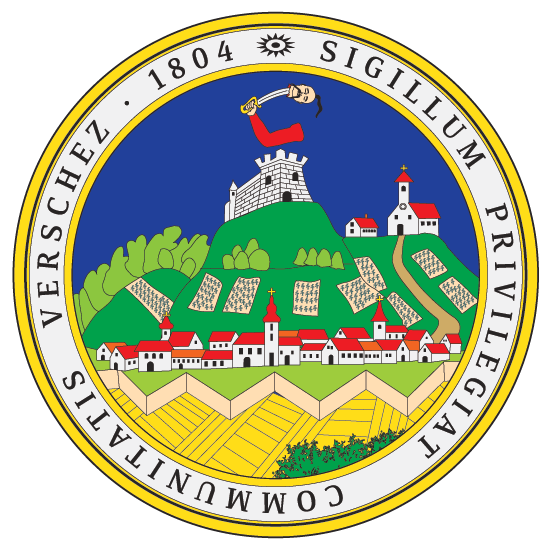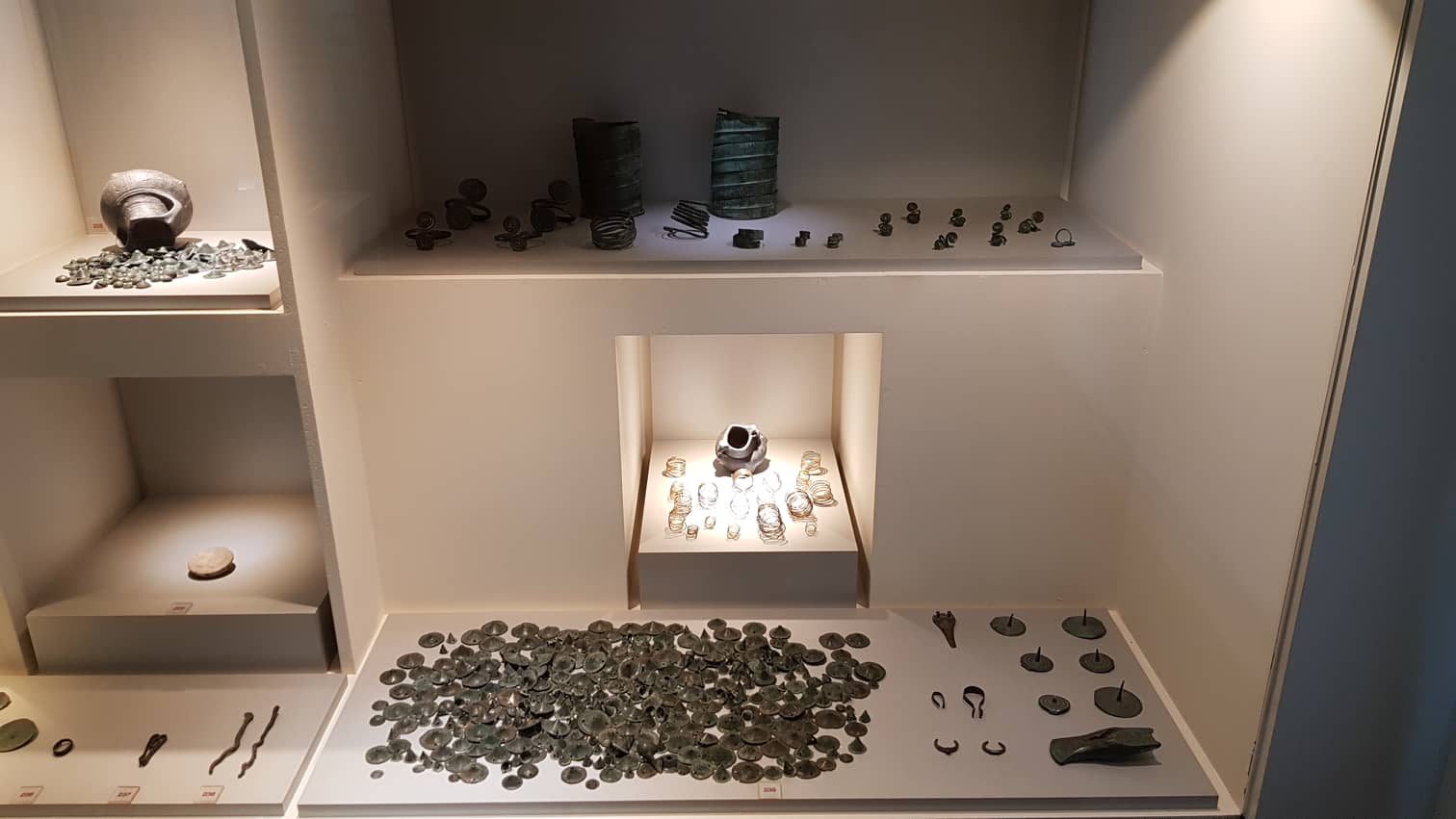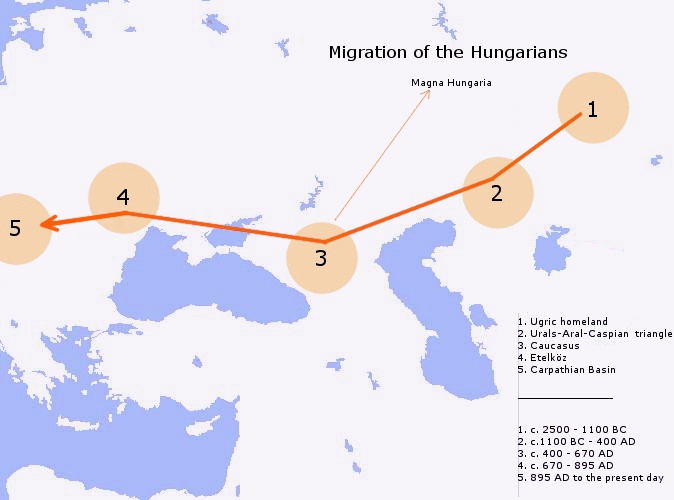|
Vatin
Vatin (; ) is a village located in the municipality of Vršac, Serbia. A border crossing between Serbia and Romania is located in the village. The village has a Serb ethnic majority (53.2%) with a sizable Hungarian minority (26.8%) and its population numbering 128 inhabitants (2022 census). Name In Serbian, the village is known as ''Vatin'' (Ватин), in Hungarian as ''Versecvát'', and in German as ''Wattin''. History Bronze Age graves of south Russian steppe nomads were found in the village, as well as 14th century BC duck-shaped vases were found in Vatin. Vatin circles Just outside the village there are Vatin circles that were estimated to belong to the Vinča culture. Historical population *1961: 553 *1971: 489 *1981: 417 *1991: 316 *2002: 250 *2011: 239 *2022: 128 See also *List of places in Serbia *List of cities, towns and villages in Vojvodina This is a list of cities, towns and villages in Vojvodina, a province of Serbia , image_flag ... [...More Info...] [...Related Items...] OR: [Wikipedia] [Google] [Baidu] |
Vatin Culture
The Vatin culture ( sr-Cyrl-Latn, Ватинска култура, Vatinska kultura or sr-Cyrl-Latn, label=none, Ватинска група, Vatinska grupa) is a name of a prehistoric Bronze Age culture, which was named after Vatin, a village in Serbia. The culture had Indo-European roots and was culturally connected with Mycenaean Greece. The Vatin culture is dated to the middle Bronze Age and is generally divided into three phases: Pančevo- Omoljica, Vatin- Vršac, and Belegiš- Ilandža. It flourished from c. 2000 BC to 1500 BC, or until the 13th century BC according to some sources. The people of the Vatin culture inhabited the entire territory of Vojvodina (Banat, Bačka, Syrmia) and many surrounding areas (including Slavonia, Oltenia, Bosnia and Central Serbia). Its core area was in Serbian- Vojvodinian Podunavlje. The remains of this culture were discovered at the beginning of the 20th century near the village of Vatin (Banat region, Vojvodina province, Serbia) ... [...More Info...] [...Related Items...] OR: [Wikipedia] [Google] [Baidu] |
Vatin Circles
Vatin circles are an archaeological site near the village of Vatin near Vršac. It consists of four regular concentric circles that, going from larger to smaller, form a slight elevation. Size and purpose Vatin circles have a diameter of around 150 meters while the Vlajkovac circles around 300 meters. It is not known for sure how they were created or what their purpose was. It is assumed that they served as observatories for monitoring the movements of the sun and planets. On the winter solstice, December 21, was recorded from Vatin that the sun rises at the very foot of the mountains, on the extreme left, and that it symbolically climbs along the edge of the hill all the way to Gudurički vrh, the highest in Vojvodina. Seen from the Vlajkovac circles, which are located on the other side of the mountain, at an angle of 90 degrees, the sun also rises at the foot of the highest peak, which, viewed from that perspective, is the hill on which the Vršac Castle is located. This indicat ... [...More Info...] [...Related Items...] OR: [Wikipedia] [Google] [Baidu] |
Vršac
Vršac ( sr-Cyrl, Вршац, ) is a city in the autonomous province of Vojvodina, Serbia. As of 2022, the city urban area had a population of 31,946, while the city administrative area had 45,462 inhabitants. It is located in the geographical region of Banat. Etymology The name ''Vršac'' is of Serbian origin, ultimately deriving from Proto-Slavic *vьrxъ, meaning "summit". In Serbian, the city is known as Вршац or ''Vršac'', in Romanian as ''Vârșeț'' or Vîrșeț, in Hungarian as ''Versec'' or ''Versecz'', in German as ''Werschetz'', and in Turkish as ''Virşac'' or ''Verşe''. History The uniqueness of Vršac is reflected in the fact that it has been inhabited since the dawn of the first cultures. Thus, the oldest traces of human presence in Banat originate precisely from Vršac, since individual finds of Paleolithic flint tools from the middle and younger Paleolithic, Mousterian and Aurignacian cultures were found on the slopes of the Vršac Mountains. Th ... [...More Info...] [...Related Items...] OR: [Wikipedia] [Google] [Baidu] |
List Of Populated Places In Serbia
This is the list of populated places in Serbia (excluding Kosovo), as recorded by the Demographics of Serbia, 2002 census, sorted alphabetically by Municipalities of Serbia, municipalities. Human settlement, Settlements denoted as "Urban area, urban" (towns and city, cities) are marked bold. Population for every settlement is given in brackets. The same list in alphabetic order is in List of populated places in Serbia (alphabetic). A Ada (Serbia), Ada Aleksandrovac Aleksinac Alibunar Apatin Aranđelovac Arilje B Babušnica Bač, Serbia, Bač Bačka Palanka Bačka Topola Bački Petrovac Bajina Bašta Barajevo Batočina Bečej Bela Crkva (Vojvodina), Bela Crkva Bela Palanka Beočin Blace Bogatić Bojnik Boljevac Bor (Serbia), Bor Bosilegrad Brus Bujanovac C Crna Trava Č Čačak Čajetina Čoka Čukarica Ć Ćićevac Ćuprija D Despotovac Dimitrovgrad (Serbia), Dimitrovgrad Doljevac G Gadžin Han Golubac ... [...More Info...] [...Related Items...] OR: [Wikipedia] [Google] [Baidu] |
List Of Cities, Towns And Villages In Vojvodina
This is a list of cities, towns and villages in Vojvodina, a province of Serbia , image_flag = Flag of Serbia.svg , national_motto = , image_coat = Coat of arms of Serbia.svg , national_anthem = () , image_map = , map_caption = Location of Serbia (gree .... List of largest cities and towns in Vojvodina List of urban settlements in Vojvodina List of all urban settlements (cities and towns) in Vojvodina with population figures from recent censuses: South Bačka District: West Bačka District: North Bačka District: North Banat District: Central Banat District: South Banat District: Syrmia District: The inhabited places of South Bačka District City of Novi Sad – Novi Sad Municipality Hamlets and suburbs: * Bangladeš (Бангладеш) * Kamenjar (Камењар) * Lipov Gaj (Липов Гај) * Nemanovci (Немановци) * Pejićevi Salaši (Пејићеви ... [...More Info...] [...Related Items...] OR: [Wikipedia] [Google] [Baidu] |
List Of Places In Serbia
This is the list of populated places in Serbia (excluding Kosovo), as recorded by the 2002 census, sorted alphabetically by municipalities. Settlements denoted as " urban" (towns and cities) are marked bold. Population for every settlement is given in brackets. The same list in alphabetic order is in List of populated places in Serbia (alphabetic). A Ada Aleksandrovac Aleksinac Alibunar Apatin Aranđelovac Arilje B Babušnica Bač Bačka Palanka Bačka Topola Bački Petrovac Bajina Bašta Barajevo Batočina Bečej Bela Crkva Bela Palanka Beočin Blace Bogatić Bojnik Boljevac Bor Bosilegrad Brus Bujanovac C Crna Trava Č Čačak Čajetina Čoka Čukarica Ć Ćićevac Ćuprija D Despotovac Dimitrovgrad Doljevac G Gadžin Han Golubac Gornji Milanovac Grocka I Inđija Irig Ivanjica J Jagodina K Kanjiža Kikinda Kladovo Knić Knjaževa ... [...More Info...] [...Related Items...] OR: [Wikipedia] [Google] [Baidu] |
Hungarian People
Hungarians, also known as Magyars, are an ethnic group native to Hungary (), who share a common culture, language and history. They also have a notable presence in former parts of the Kingdom of Hungary. The Hungarian language belongs to the Ugric branch of the Uralic language family, alongside the Khanty and Mansi languages. There are an estimated 14.5 million ethnic Hungarians and their descendants worldwide, of whom 9.6 million live in today's Hungary. About 2 million Hungarians live in areas that were part of the Kingdom of Hungary before the Treaty of Trianon in 1920 and are now parts of Hungary's seven neighbouring countries, Slovakia, Ukraine, Romania, Serbia, Croatia, Slovenia, and Austria. In addition, significant groups of people with Hungarian ancestry live in various other parts of the world, most of them in the United States, Canada, Germany, France, the United Kingdom, Chile, Brazil, Australia, and Argentina, and therefore constitute the Hungarian diaspora (). ... [...More Info...] [...Related Items...] OR: [Wikipedia] [Google] [Baidu] |
Populated Places In Serbian Banat
Population is a set of humans or other organisms in a given region or area. Governments conduct a census to quantify the resident population size within a given jurisdiction. The term is also applied to non-human animals, microorganisms, and plants, and has specific uses within such fields as ecology and genetics. Etymology The word ''population'' is derived from the Late Latin ''populatio'' (a people, a multitude), which itself is derived from the Latin word ''populus'' (a people). Use of the term Social sciences In sociology and population geography, population refers to a group of human beings with some predefined feature in common, such as location, race, ethnicity, nationality, or religion. Ecology In ecology, a population is a group of organisms of the same species which inhabit the same geographical area and are capable of interbreeding. The area of a sexual population is the area where interbreeding is possible between any opposite-sex pair within the ... [...More Info...] [...Related Items...] OR: [Wikipedia] [Google] [Baidu] |
Vinča Culture
The Vinča culture , also known as Turdaș culture, Turdaș–Vinča culture or Vinča-Turdaș culture, is a Neolithic archaeological culture of Southeast Europe, dated to the period 5400–4500 BC. It is named for its type site, Vinča-Belo Brdo, a large tell settlement discovered by Serbian archaeologist Miloje Vasić in 1908. As with other cultures, it is mainly distinguished by its settlement pattern and ritual behaviour. It was particularly noted for its distinctive dark-burnished pottery. Farming technology first introduced to the region during the First Temperate Neolithic was developed further by the Vinča culture. This fuelled a population boom that produced some of the largest settlements in prehistoric Europe. These settlements maintained a high degree of cultural uniformity through the long-distance exchange of ritual items, but were probably not politically unified. Various styles of zoomorphic and anthropomorphic figurines were hallmarks of the culture, as ... [...More Info...] [...Related Items...] OR: [Wikipedia] [Google] [Baidu] |
Moravica River Near Vatin, Serbia
{{Geodis ...
Moravica ("little Morava") may refer to several places: * Moravica District in Serbia * Golijska Moravica, river in western Serbia * Sokobanjska Moravica, river in eastern Serbia * Preševska Moravica, river in southern Serbia, a source of the South Morava * Stara Moravica, a village near Bačka Topola, Serbia See also * Morava (other) * Moravice (other) Moravice may refer to: Croatia *Moravice, Croatia, a village in the Primorje-Gorski Kotar County *Brod Moravice, a municipality in the Primorje-Gorski Kotar County Czech Republic * Moravice, Czech Republic, a municipality and village in the Moravi ... [...More Info...] [...Related Items...] OR: [Wikipedia] [Google] [Baidu] |
German Language
German (, ) is a West Germanic language in the Indo-European language family, mainly spoken in Western Europe, Western and Central Europe. It is the majority and Official language, official (or co-official) language in Germany, Austria, Switzerland, and Liechtenstein. It is also an official language of Luxembourg, German-speaking Community of Belgium, Belgium and the Italian autonomous province of South Tyrol, as well as a recognized national language in Namibia. There are also notable German-speaking communities in other parts of Europe, including: Poland (Upper Silesia), the Czech Republic (North Bohemia), Denmark (South Jutland County, North Schleswig), Slovakia (Krahule), Germans of Romania, Romania, Hungary (Sopron), and France (European Collectivity of Alsace, Alsace). Overseas, sizeable communities of German-speakers are found in the Americas. German is one of the global language system, major languages of the world, with nearly 80 million native speakers and over 130 mi ... [...More Info...] [...Related Items...] OR: [Wikipedia] [Google] [Baidu] |
Hungarian Language
Hungarian, or Magyar (, ), is an Ugric language of the Uralic language family spoken in Hungary and parts of several neighboring countries. It is the official language of Hungary and one of the 24 official languages of the European Union. Outside Hungary, it is also spoken by Hungarians, Hungarian communities in southern Slovakia, western Ukraine (Zakarpattia Oblast, Transcarpathia), central and western Romania (Transylvania), northern Serbia (Vojvodina), northern Croatia, northeastern Slovenia (Prekmurje), and eastern Austria (Burgenland). It is also spoken by Hungarian diaspora communities worldwide, especially in North America (particularly the Hungarian Americans, United States and Canada) and Israel. With 14 million speakers, it is the Uralic family's most widely spoken language. Classification Hungarian is a member of the Uralic language family. Linguistic connections between Hungarian and other Uralic languages were noticed in the 1670s, and the family's existenc ... [...More Info...] [...Related Items...] OR: [Wikipedia] [Google] [Baidu] |





